
The Village
Trégastel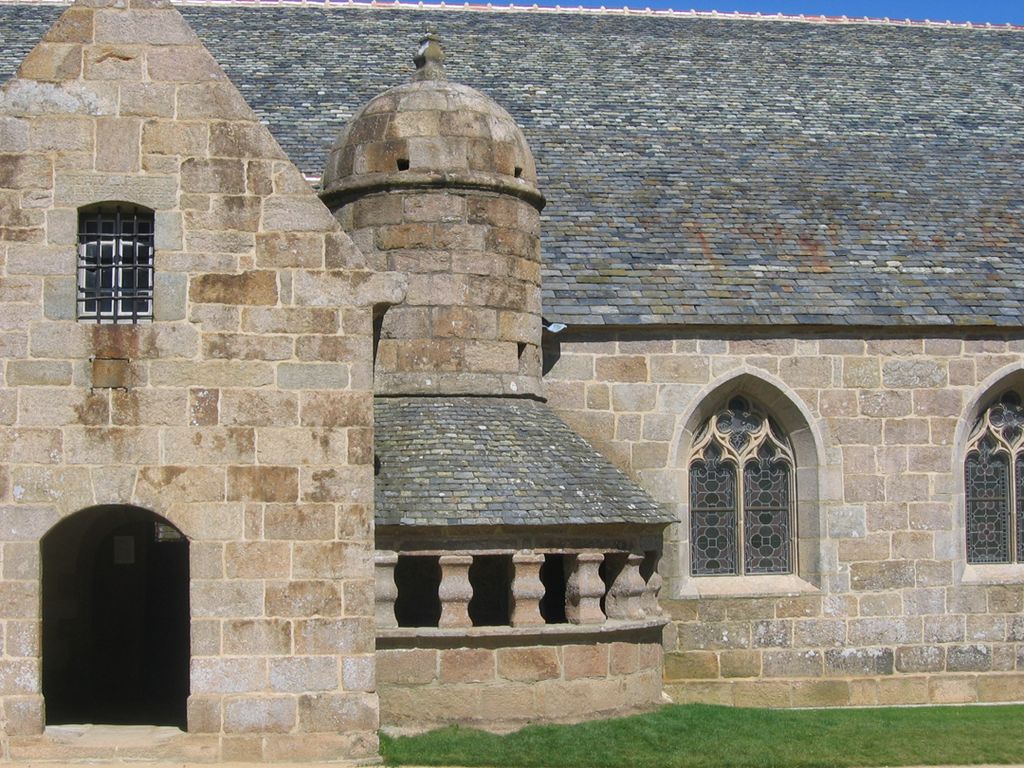
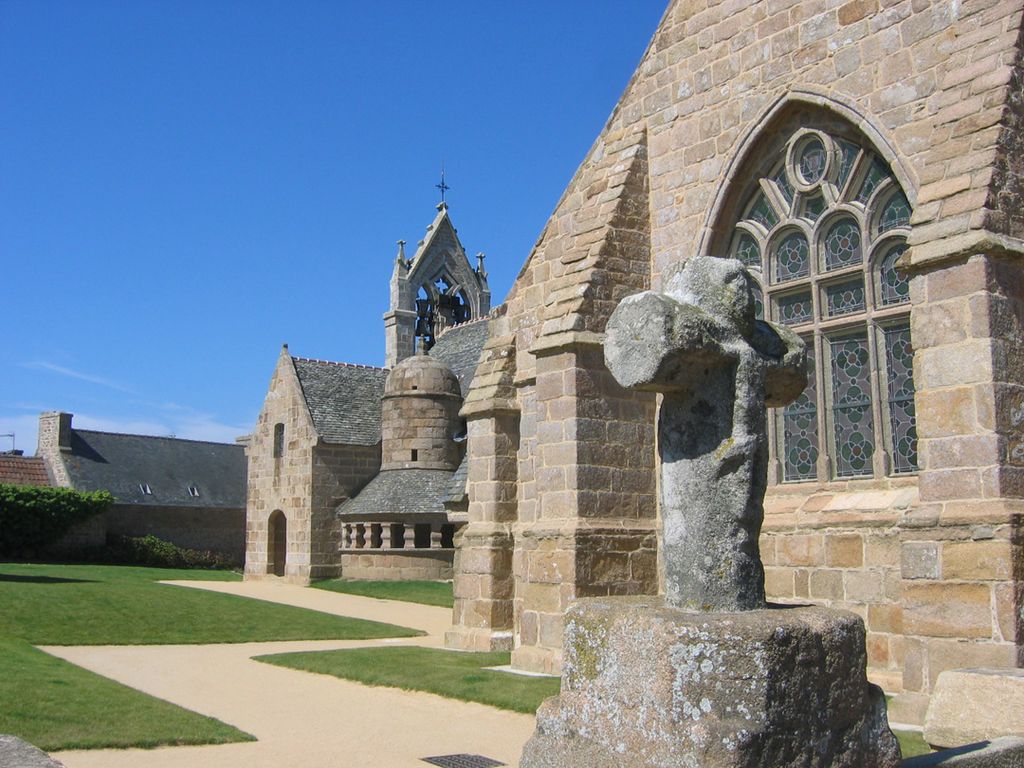
About
This church was built in several stages. The original building, dating back to between the twelfth and thirteenth centuries, was modified several times over the centuries. In the seventeenth century, an ossuary was added to house bones from the cemetery, an unusual feature of the church. During your visit, be sure to take a look at the balustered gallery and granite dome. In the nineteenth century, the campanile with three bells was replaced with the granite arcature which you can see today. In the close, you will find the tomb of the Breton writer Charles le Goffic. Passionate about the area, he celebrated its identity throughout his life (1863-1932) through numerous literary works.
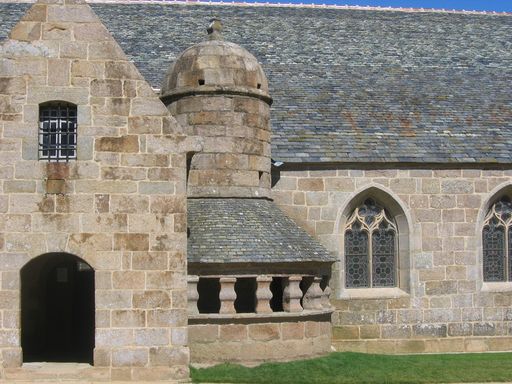

The Village
Trégastel
This church was built in several stages. The original building, dating back to between the twelfth and thirteenth centuries, was modified several times over the centuries. In the seventeenth century,...  See
See
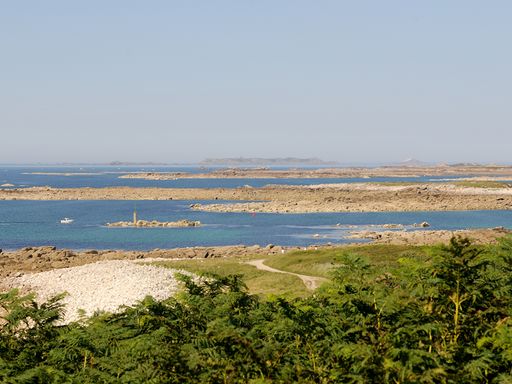

Guardhouse (Île Grande)
Pleumeur-Bodou
The guardhouse, TyGward in Breton, is an imposing block of granite which stands at the highest point of Île Grande. Right around the periphery of the island, grey and blue granite was mined for...  See
See
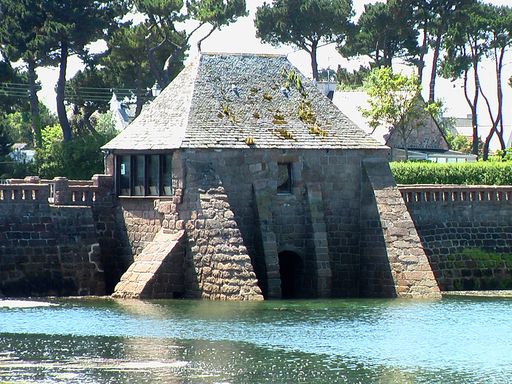

Château de Costaérès, Tourony
Trégastel
From the beach at Tourony, you can admire a beautiful view of the Château de Costaérès. This imposing neo-medieval style villa dates from the end of the nineteenth century. It was built by a rich...  See
See
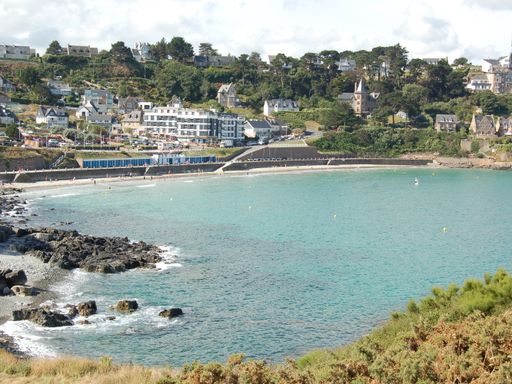

Trestrignel beach & Pointe du Château headland
Perros-Guirec
This rocky outcrop, which marks the entrance to the natural harbour of Perros-Guirec, long played the role of strategic defensive outpost against enemy attacks. Since then, the area has changed...  See
See




